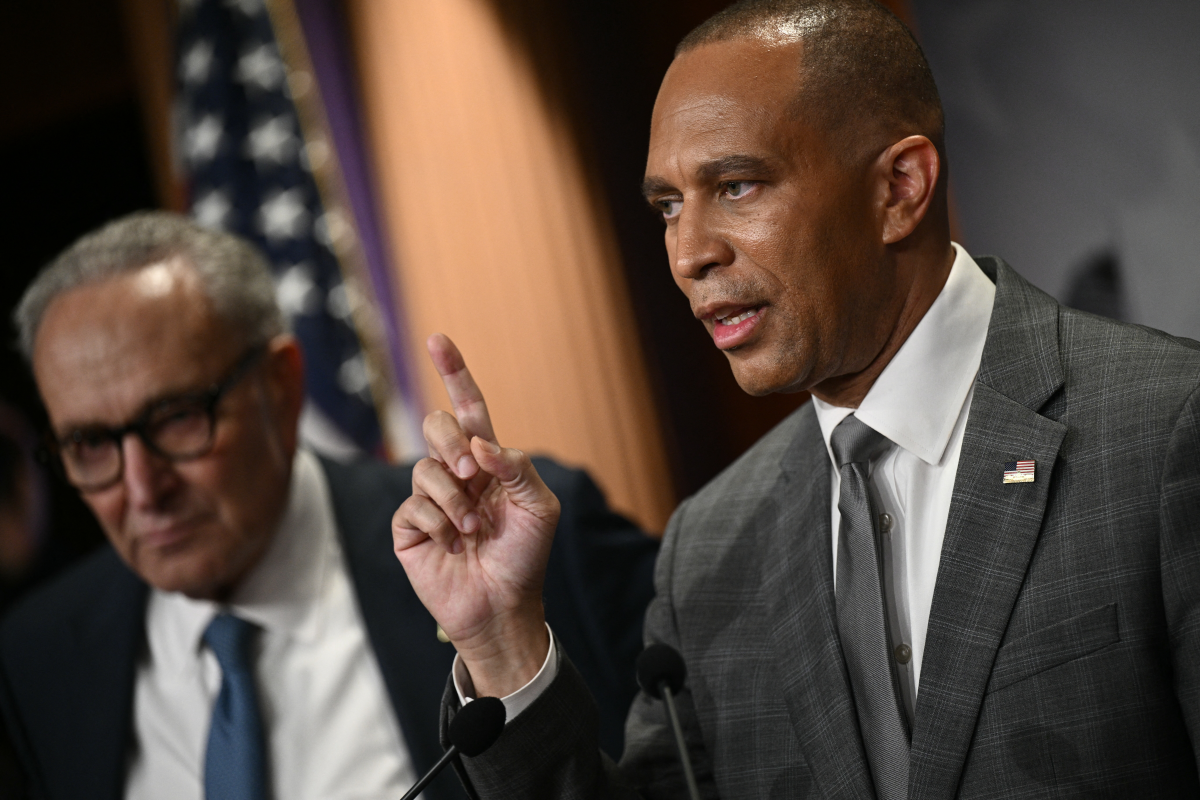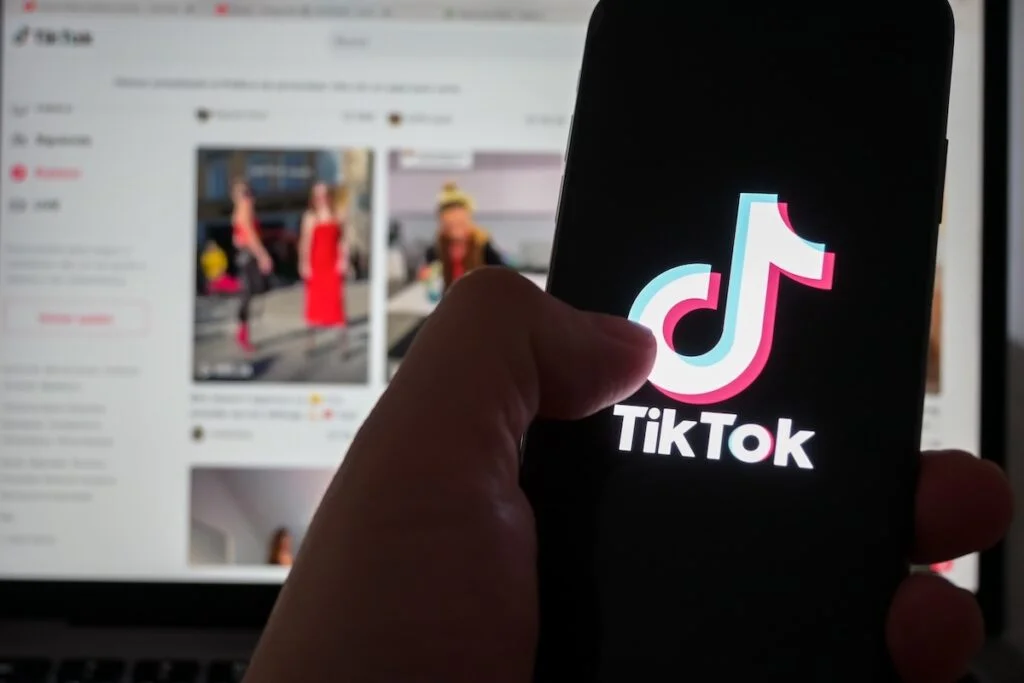
At midnight Oct. 1, the U.S. government shut down after Congress failed to agree on funding, with Democrats and Republicans deadlocked over health care subsidies and spending cuts, leaving hundreds of thousands of federal workers furloughed and critical services disrupted until a deal is reached.
The 2019 U.S. government shutdown, the longest in American history, stretched 35 days (December 22, 2018—January 25, 2019) and stemmed from a standoff between President Donald Trump and Congress over funding for a wall along the U.S.–Mexico border.
During this shutdown, about 800,000 federal employees were either furloughed or required to work without pay, and many government services were suspended, including closures of national parks, delays in food inspections, and halted federal data reporting, which together reduced U.S. economic output by roughly $3 billion.
This is the first U.S. government shutdown in seven years. Is this déjà vu? Once again, the nation is without a funding deal, with no agreement in sight. And the clock is ticking.
The political standoff in Washington has many talking.
When will the shutdown end? Who might lose their job? Who is to blame, and how will it affect you?
Here’s what to know about the shutdown.
Why Did the Government Shut Down?
Government shutdowns occur when lawmakers fail to pass funding legislation on time, leaving agencies without legal authority to spend money and forcing many operations to halt.
House Speaker Mike Johnson and Republican leaders are pushing for a seven-week stopgap funding bill with no changes. Senate Democrats, however, want to add provisions that would extend health care tax credits and reverse recent Medicaid cuts before agreeing to reopen the government.
Another key issue Republicans are highlighting is the claim that Democrats want to provide “free health care” for immigrants in the country illegally. Vice President JD Vance, Press Secretary Karoline Leavitt and House Deputy Chief of Staff Stephen Miller have all spoken out on the matter.
Democrats unveiled a budget plan to extend Affordable Care Act subsidies before they expire at year’s end. The proposal does not include free health care for immigrants in the country illegally.
Most immigrants without legal status are barred from ACA coverage, Medicaid and Medicare. A main exception is emergency care, which the government reimburses. That rule applies to all uninsured patients, regardless of immigration status.
A planned White House meeting with Senate Democratic Leader Chuck Schumer and House Democratic Leader Hakeem Jeffries was canceled by President Trump, who dismissed Democrats’ requests as unserious and said the session would not be useful. When talks did occur, there was no progress made on health care funding.
Afterward, Trump posted an AI‑generated video depicting House Minority Leader Hakeem Jeffries in a sombrero, alluding to Republican claims that Democrats want to provide free health care to immigrants in the country illegally.
On Tuesday, Sens. John Fetterman, Catherine Cortez Masto and Angus King joined Republicans in backing a seven‑week funding bill, but it failed 55-45, short of the 60 votes needed.
Just as the shutdown began, Trump doubled down by posting another AI‑altered video of House Minority Leader Jeffries in a sombrero.
But how will this political standoff affect you?
What to Expect
About 750,000 federal workers (roughly 40% of the workforce) are expected to be furloughed without pay. Essential services such as the Postal Service, Medicare and Social Security processing, and air traffic control will continue. These workers will not be paid during this period.
At the Education Department, 95% of staff are furloughed, though Pell Grants and federal student loans remain unaffected. Essential health and safety functions also continue, but research grants, new drug approvals and long-term food safety programs are on hold. The judiciary said it will operate normally for at least two weeks despite the funding lapse.
Treasury Secretary Scott Bessent warned the shutdown could damage U.S. economic growth if it continues and triggers mass federal layoffs, while faulting Democratic leaders for failing to reach a deal.
“We could see a hit to the GDP, a hit to growth and a hit to working America.” Bessent told CNBC.
Are mass layoffs imminent? Trump urged Republicans to use the shutdown to “clear out dead wood,” framing it as a chance to shrink the federal workforce.
Office of Management and Budget Director Russ Vought told Fox Business host Larry Kudlow he is weighing workforce reductions, saying the administration has “all manners of authorities” to advance its agenda, including cutting the size and scope of government.
On Truth Social, Trump said he will meet with Vought (also associated with Project 2025) to decide “which of the many Democrat Agencies, most of which are a political SCAM,” should be cut, and whether those cuts will be temporary or permanent.
Although, at this time, a president cannot legally order irreversible mass layoffs solely because of a shutdown. The lawful option is furloughs. Permanent layoffs require the lengthy, regulated Reduction in Force process, which is subject to legal challenges and employee protections.
When Will It End?
Whether Congress passes a temporary stopgap spending bill or agrees to major concessions remains to be seen.
Most shutdowns are resolved within a week, but history shows political standoffs can stretch on for much longer. Notable examples include the 17-day shutdown under President Barack Obama in 2013, the 21-day shutdown under President Bill Clinton in 1995–96, and the longest in U.S. history, a 35-day shutdown under President Donald Trump in 2018–19.
Public perception, and even betting markets, suggest a repeat of the last prolonged shutdown. On Polymarket, about $500,000 has been wagered, with 47% of participants betting the shutdown will last until Oct. 15 or later. Only 8% predict it will end quickly, between Oct. 3 and Oct. 5.
The bill needs 60 votes to move forward. If every Republican supports it, it still needs seven Democrats. Sen. Rand Paul of Kentucky voted against it along with Democrats. If he changes his mind, they will need one more Democrat to reach the 60-vote mark.
Voting on a resolution will be paused Thursday for Yom Kippur, the holiest day in the Jewish calendar, when many Jewish lawmakers and staff members will be away from the Capitol. It is scheduled to resume Friday.
The White House also said AI-generated videos and memes depicting Democratic leaders in sombreros “will continue” until the U.S. government has reopened.
So, if history has anything to say about it, shutdowns can be little more than a blip, with disruptions lasting only days. But history also suggests President Trump could break records again if Democratic lawmakers don’t to fold on their votes anytime soon.



